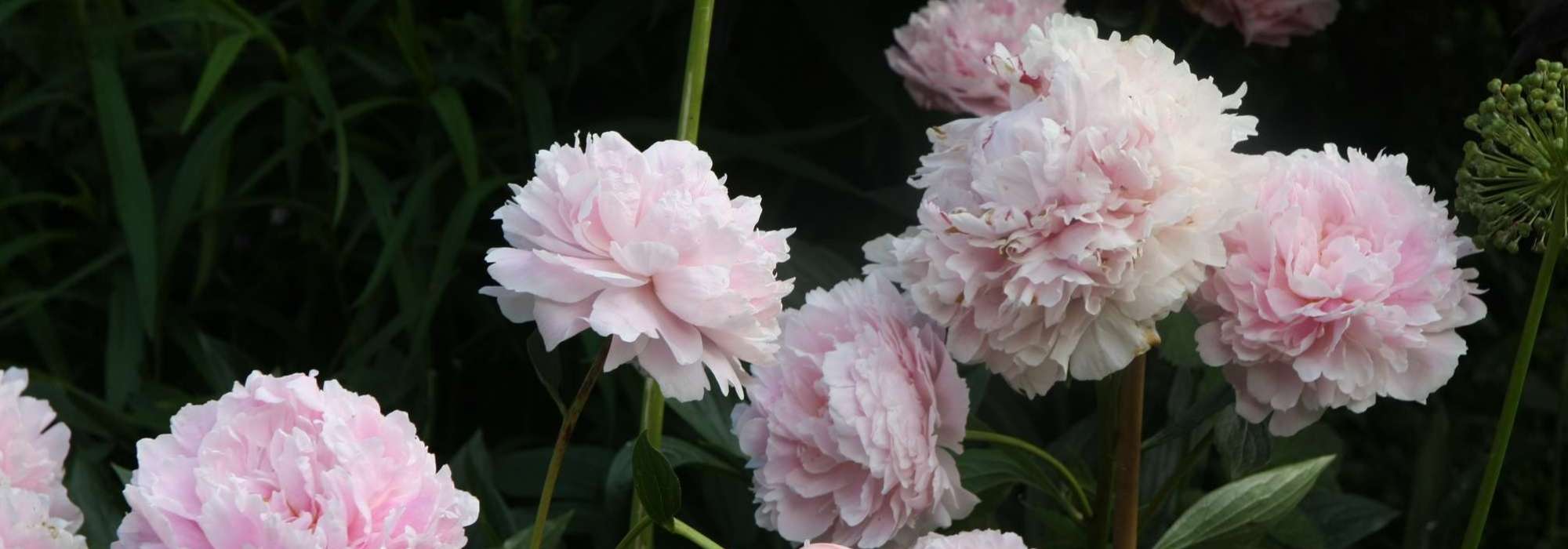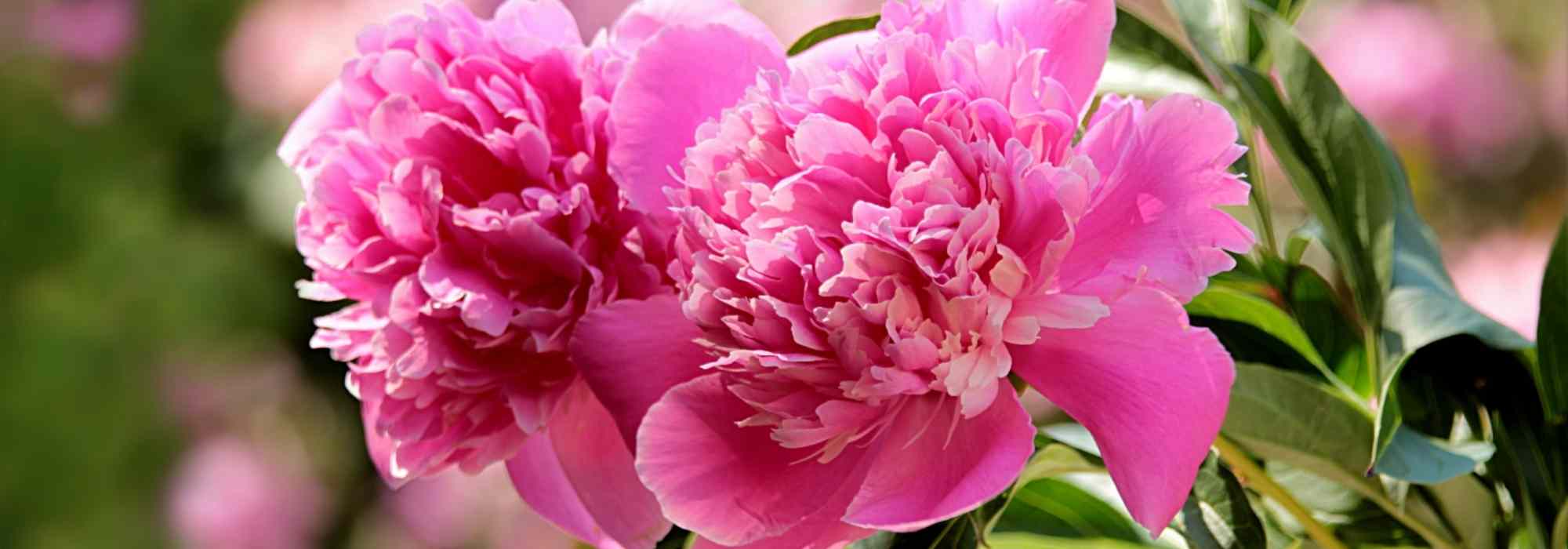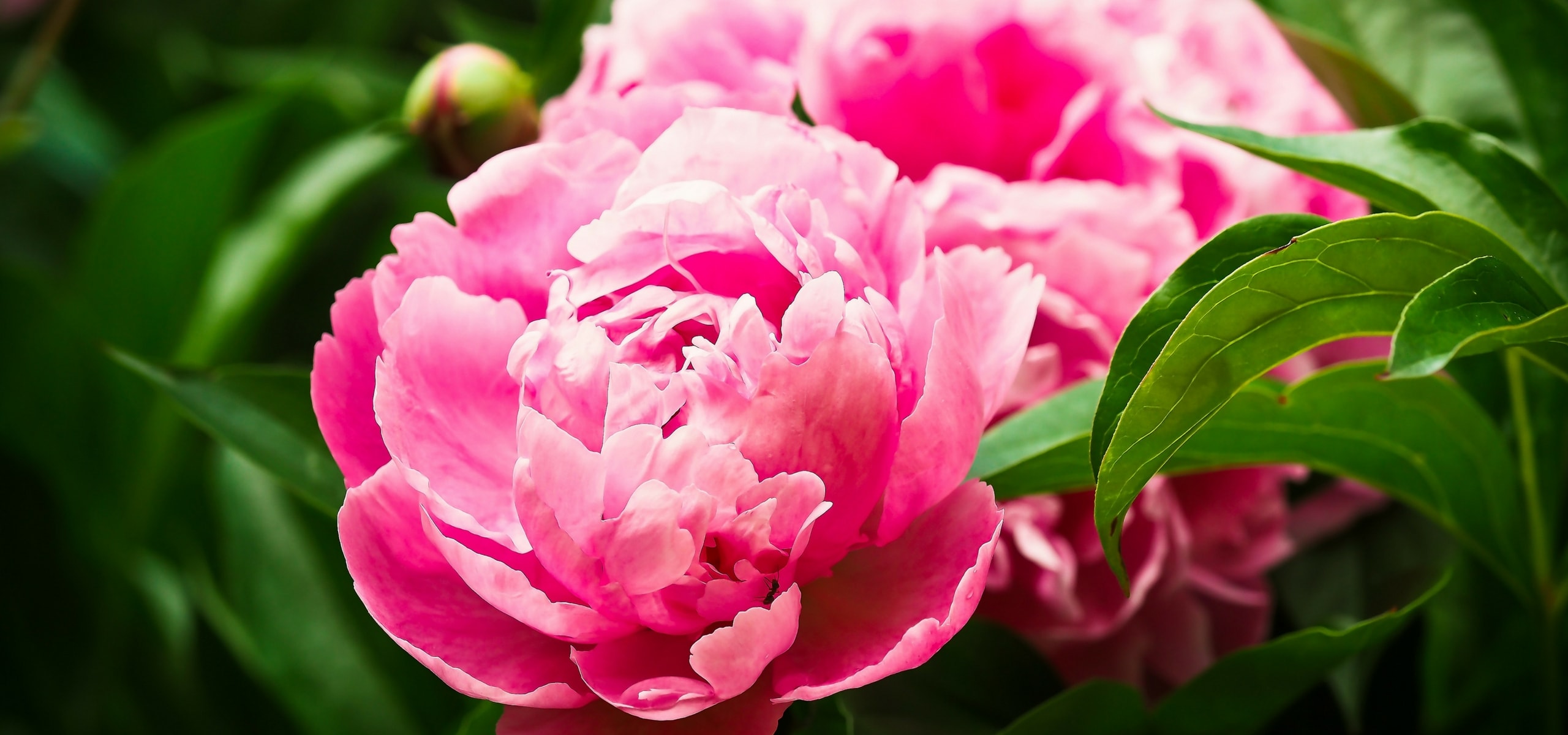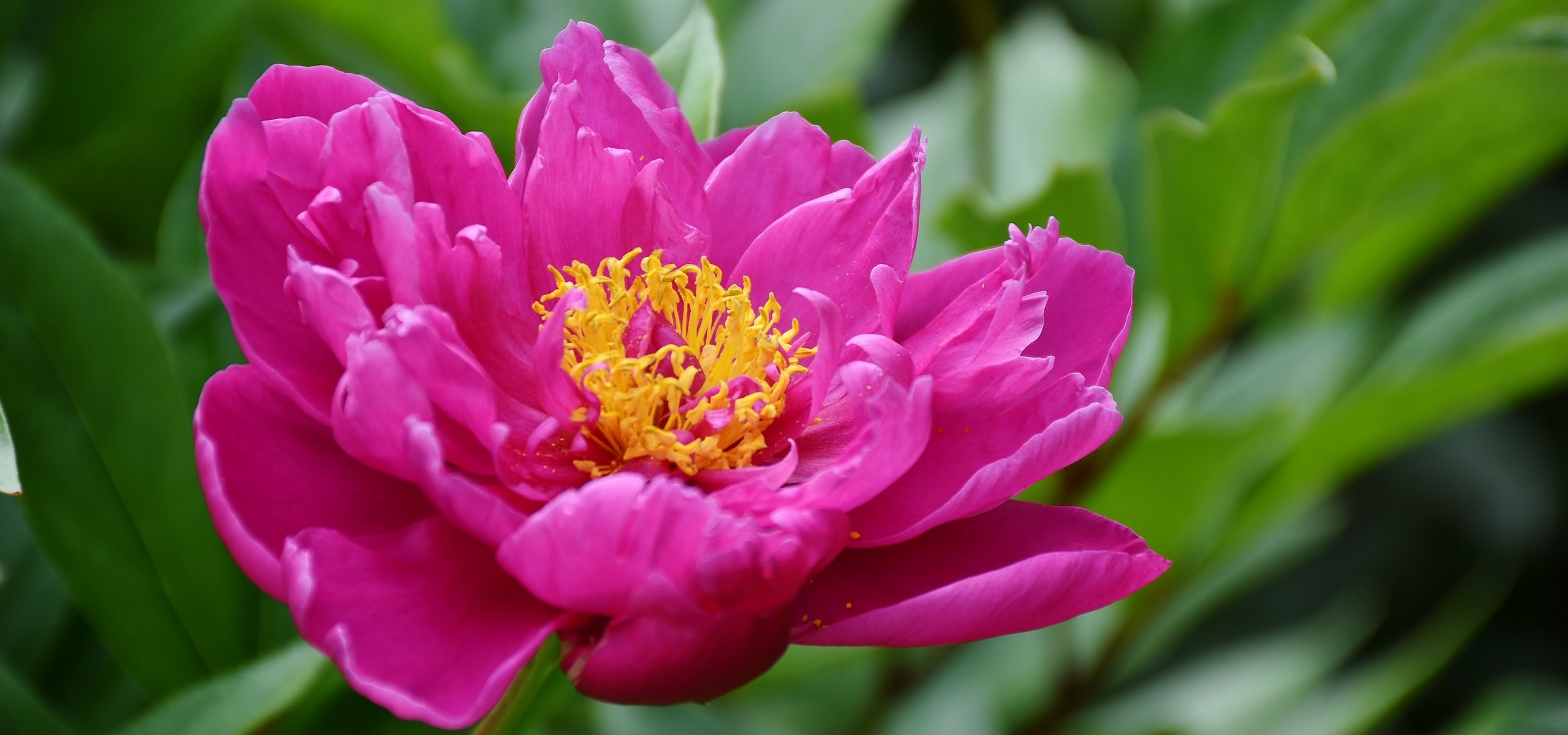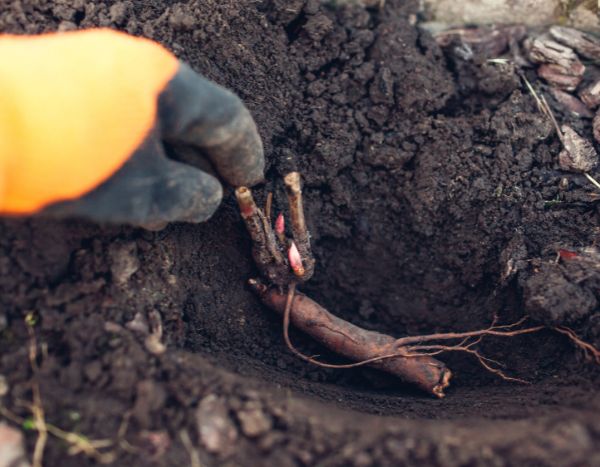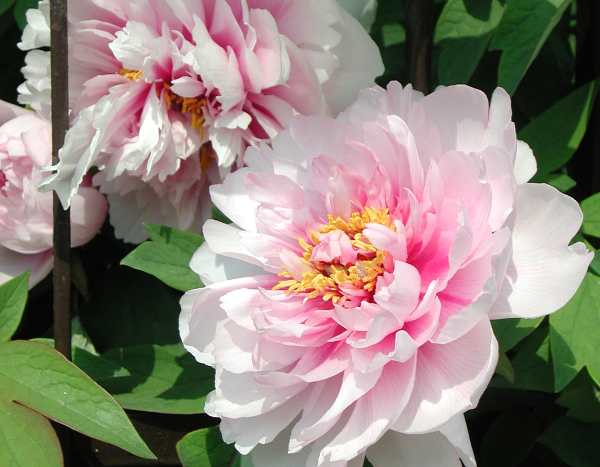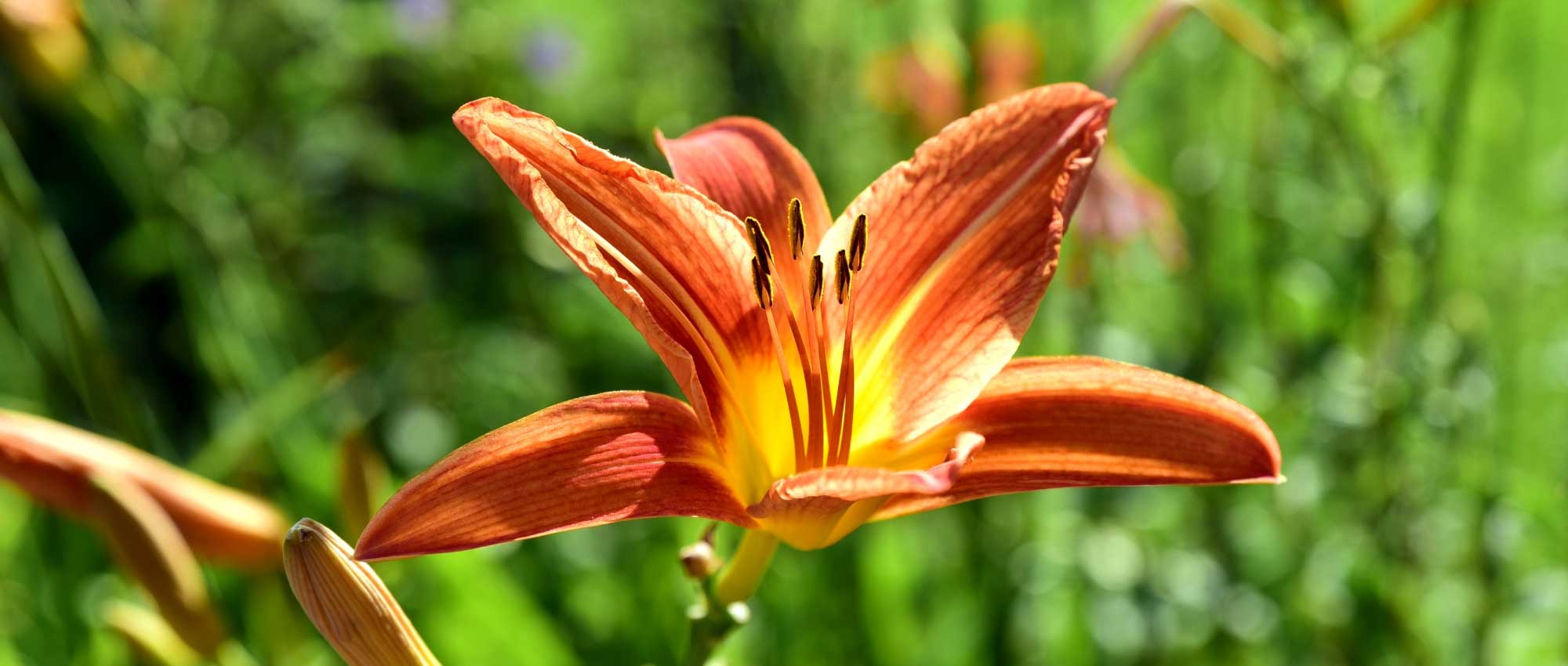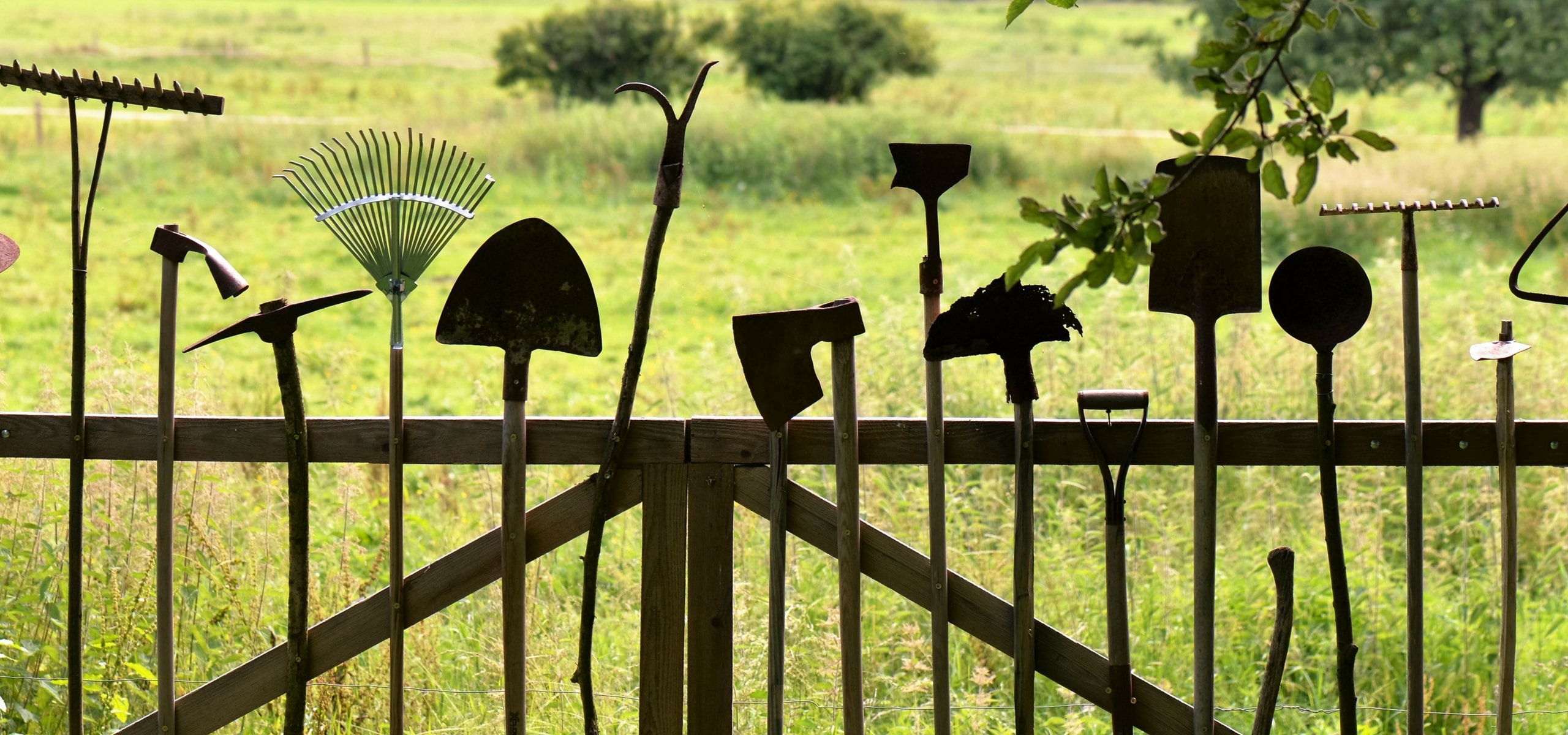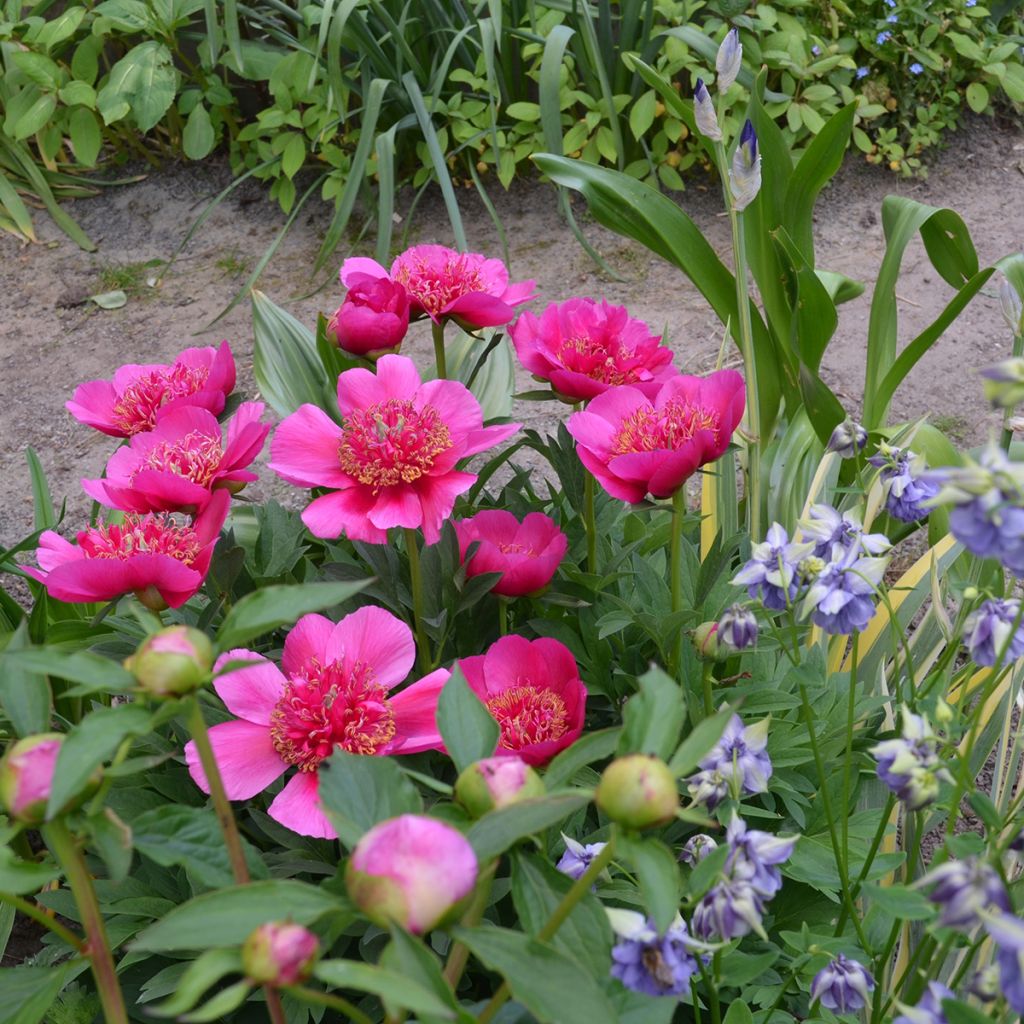

Paeonia officinalis Anemoniflora - Pivoine officinale Anemoniflora, Pivoine à fleur d’anémone, Pivoine herbacée Anemoniflora
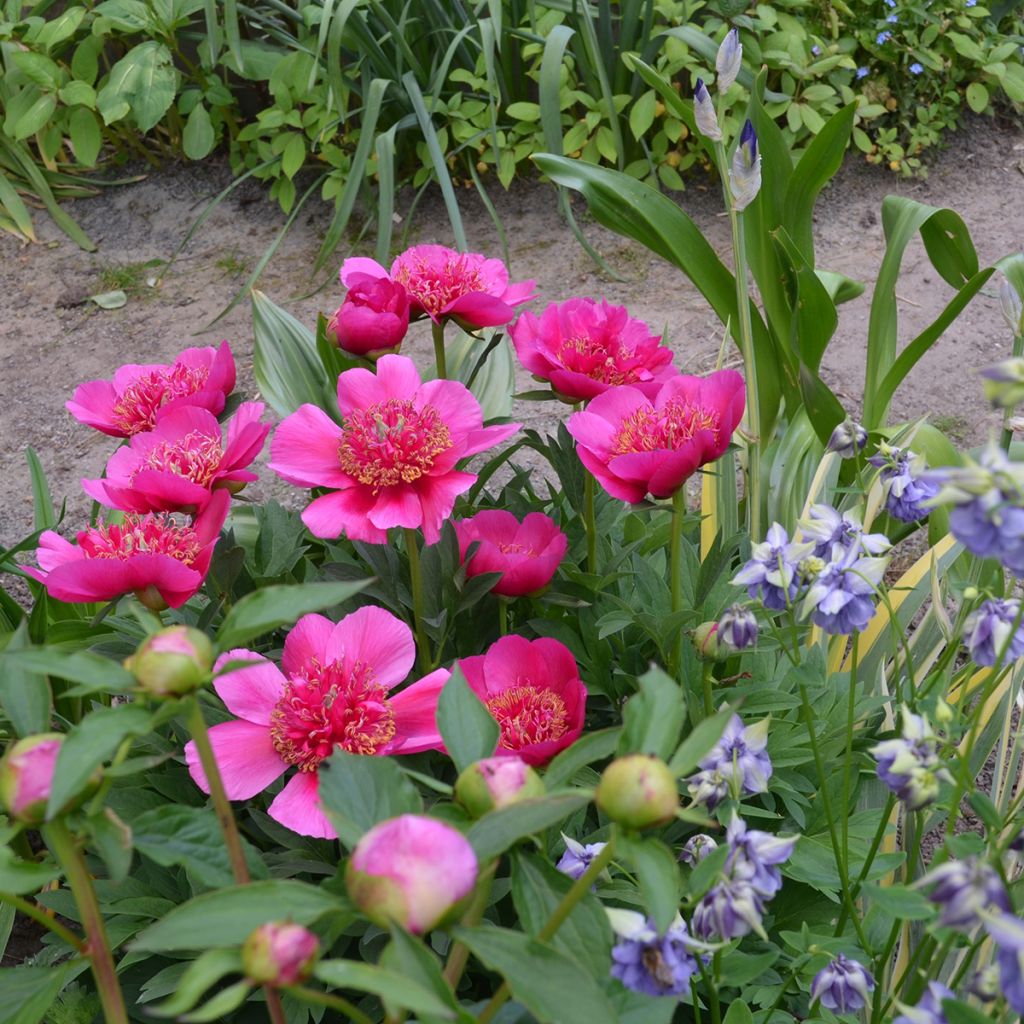

Paeonia officinalis Anemoniflora - Pivoine officinale Anemoniflora, Pivoine à fleur d’anémone, Pivoine herbacée Anemoniflora
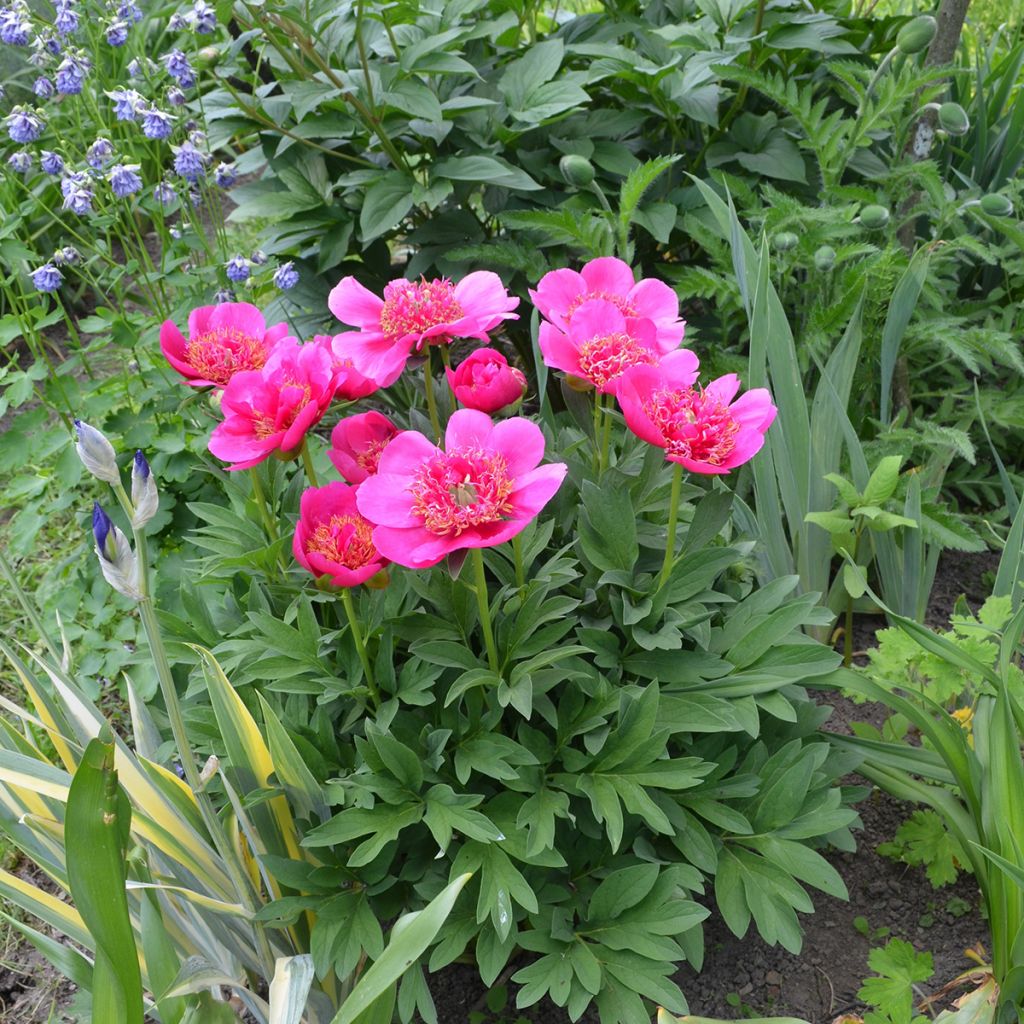

Paeonia officinalis Anemoniflora - Pivoine officinale Anemoniflora, Pivoine à fleur d’anémone, Pivoine herbacée Anemoniflora
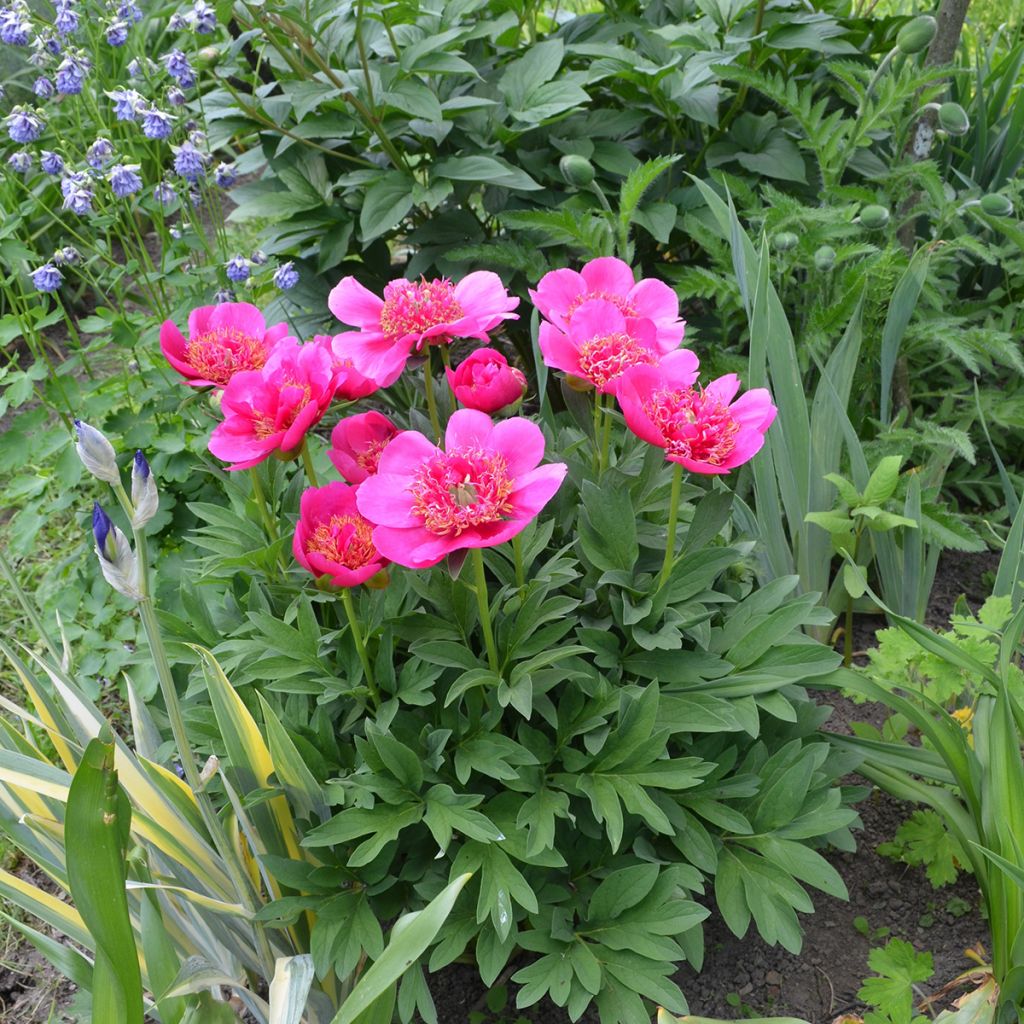

Paeonia officinalis Anemoniflora - Pivoine officinale Anemoniflora, Pivoine à fleur d’anémone, Pivoine herbacée Anemoniflora
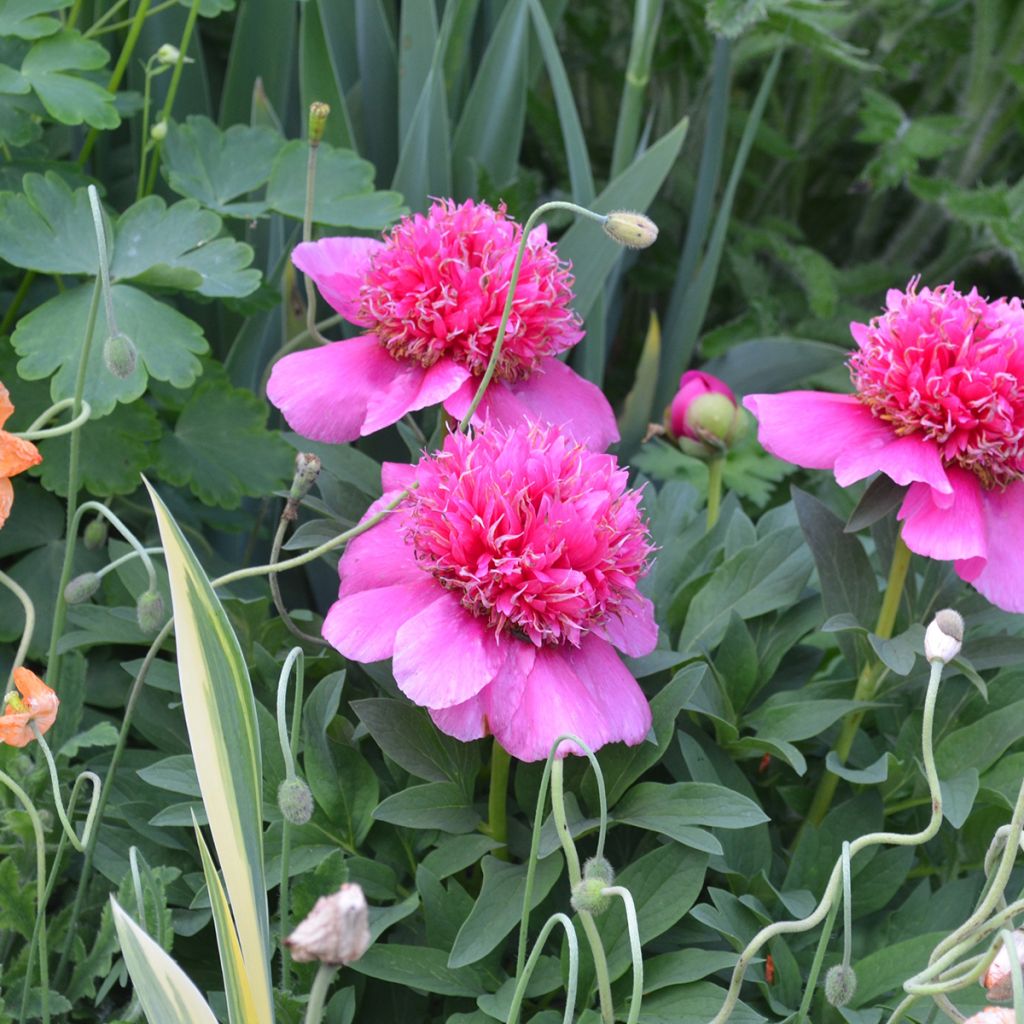

Paeonia officinalis Anemoniflora - Pivoine officinale Anemoniflora, Pivoine à fleur d’anémone, Pivoine herbacée Anemoniflora
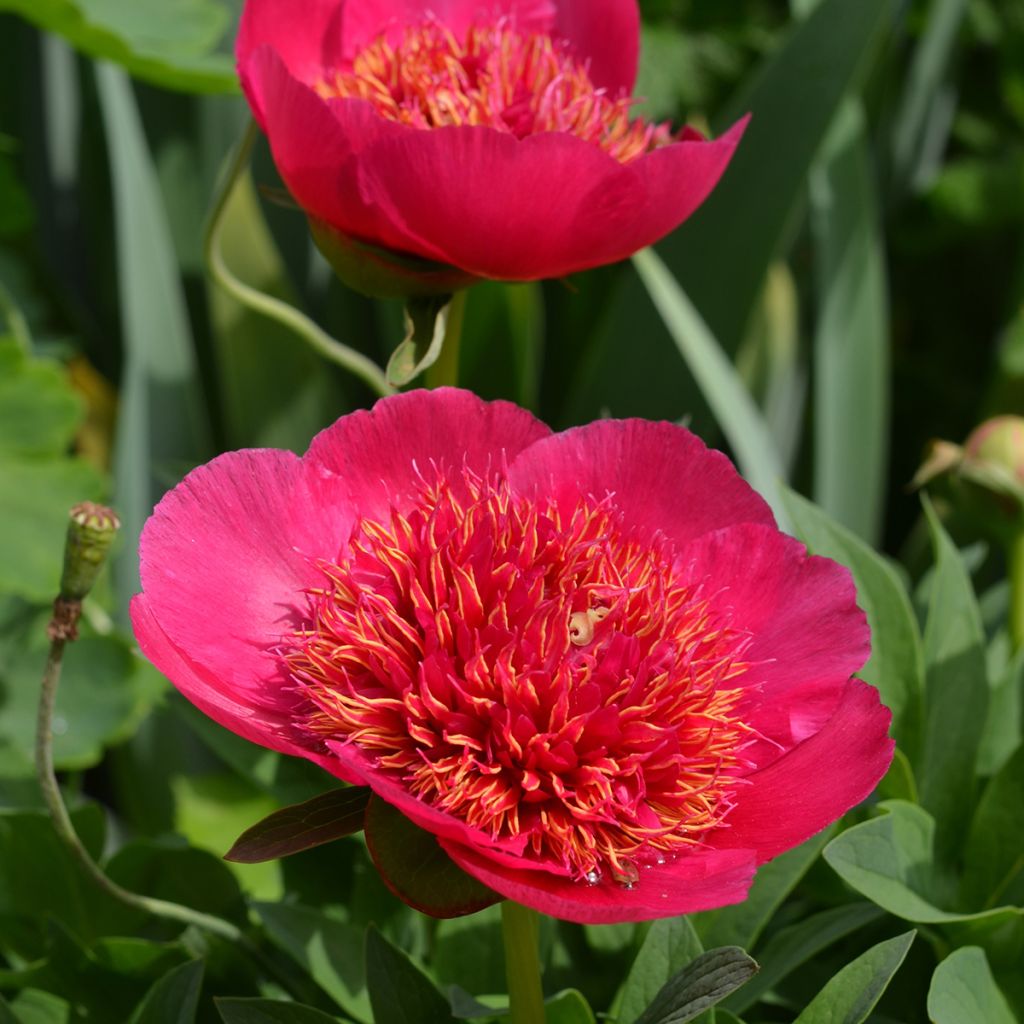

Paeonia officinalis Anemoniflora - Pivoine officinale Anemoniflora, Pivoine à fleur d’anémone, Pivoine herbacée Anemoniflora
Paeonia officinalis Anemoniflora
Paeonia officinalis Anemoniflora
Soft-leaved Peony
Special offer!
Receive a €20 voucher for any order over €90 (excluding delivery costs, credit notes, and plastic-free options)!
1- Add your favorite plants to your cart.
2- Once you have reached €90, confirm your order (you can even choose the delivery date!).
3- As soon as your order is shipped, you will receive an email containing your voucher code, valid for 3 months (90 days).
Your voucher is unique and can only be used once, for any order with a minimum value of €20, excluding delivery costs.
Can be combined with other current offers, non-divisible and non-refundable.
Home or relay delivery (depending on size and destination)
Schedule delivery date,
and select date in basket
This plant carries a 12 months recovery warranty
More information
We guarantee the quality of our plants for a full growing cycle, and will replace at our expense any plant that fails to recover under normal climatic and planting conditions.
Would this plant suit my garden?
Set up your Plantfit profile →
Description
The Peony Paeonia officinalis ‘Anemoniflora’ is an old European variety with an early and atypical flowering reminiscent of anemones. Its large cherry-pink, semi-double flowers feature a dense heart of petaloids creating a superb textural effect. Compact and bushy, this perennial easily finds its place at the edge of a border or in a cottage garden. Its spicy fragrance, charming silhouette, and excellent robustness make it a reliable choice for all garden styles, from the most romantic to the most natural.
Paeonia officinalis ‘Anemoniflora’, from the Paeoniaceae family, is a herbaceous perennial peony. It is known as the common peony ‘Anemoniflora’, anemone-flowered peony, or sometimes anemone-centred peony. The type species, P. officinalis, is native to southern and central Europe, from Portugal to the Balkans, and is naturally found in open meadows, forest borders, and sunny limestone slopes. It is a perennial plant with a tuberous root system whose foliage dies back in autumn and reappears each spring.
Dating from before 1900, the cultivar ‘Anemoniflora’ is an old European selection. It differs from the species type by its more compact habit, semi-double flowers with a dense anemone-like centre, and earlier flowering. Its habit is both upright and rounded; the plant forms a clump of leaves reaching at maturity, after 3-4 years, 50 to 60 cm (more rarely 70 cm) in all directions. Its sturdy stems generally do not require staking. The delicately scented flowers measure 10 to 12 cm in diameter. They are semi-double, formed of an outer row of large, vivid rose-red petals surrounding a centre of stamens transformed into petaloids. These petaloids are almost red, sometimes dotted with orange-yellow. Flowering begins very early, between mid or late May, depending on the climate. The foliage consists of broad, dark green leaves divided into elongated, smooth segments which dry out in autumn after the first frosts.
Known and cultivated since the 19th century, The Paeonia officinalis ‘Anemoniflora’ comes from old European gardens where it was quickly noted for its extraordinary flowering. This form was introduced in England by the Reverend J.T. Huntley, who obtained it from Prince of Salm Dyck, a famous botanist and collector. At the time, it was still described as a botanical variety, Paeonia officinalis var. anemoniflora, due to the transformation of its stamens into narrow, spiralled, and acuminate petaloids. This floral mutation resembles the so-called 'anemone' forms of Japanese camellias and gives it a rare charm, at the interface of botany and ornament.
The peony ‘Anemoniflora’ is perfectly suited to a cottage garden, a flowering border, or a romantic bed. You can sow cornflower seeds near it, surround it with lady's mantle, blue hardy geraniums, or catmints which will flower after it. In a more structured setting, it can be paired with border boxwood or woodland sages. It also pairs well with late double tulips like 'Diamant Bleu' or 'Angélique' and its romantic style perfectly complements that of old garden roses.
Tips: Avoid liquid fertilisers and transplanting.
Paeonia officinalis Anemoniflora in pictures


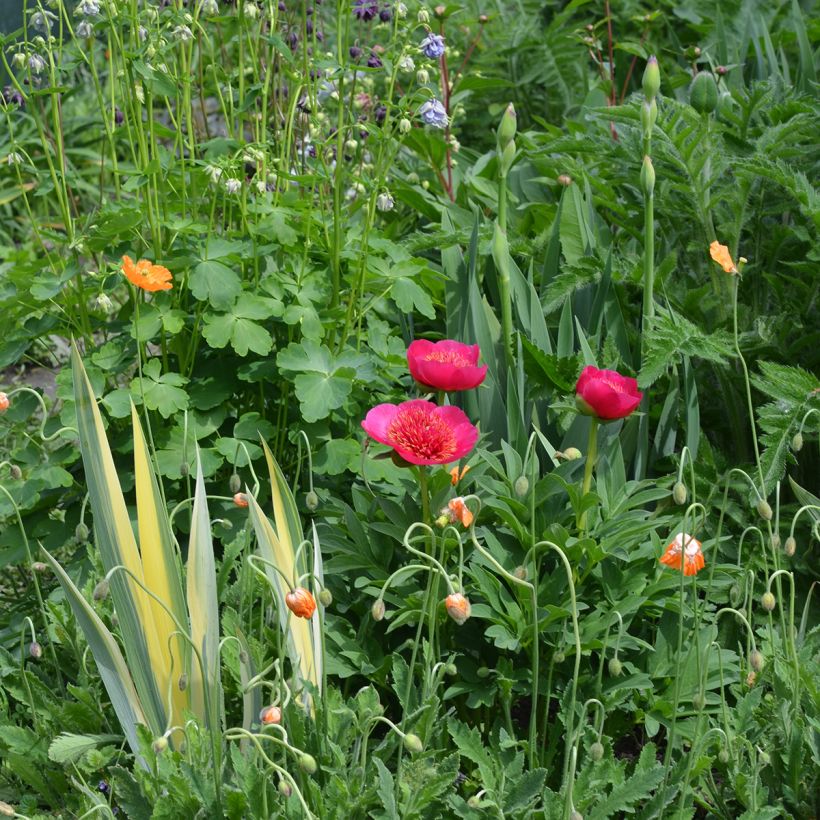

Flowering
Foliage
Plant habit
Botanical data
Paeonia
officinalis
Anemoniflora
Paeoniaceae
Soft-leaved Peony
Paeonia officinalis var. anemoniflora
Cultivar or hybrid, Western Europe
Planting and care
Paeonia officinalis 'Anemoniflora' should be planted from mid-September to April. The top of its stump must be at a maximum depth of 3 cm to avoid compromising flowering, and spaced 80 cm apart. Water generously during warm weather and keep the soil clean. Do not use permanent mulching which encourages diseases, but only for winter protection. Apply a good complete fertiliser (such as a rose fertiliser, for example) in spring. Remove faded flowers and spray preventatively with Bordeaux mixture before hot periods to prevent wilting or verticillium wilt. Divide old clumps in autumn if the plant becomes too large. Be careful as the roots are fragile.
If your peony stops flowering:
Method 1, top-dressing: scrape the soil down to the rootstocks but without damaging them, then replace with 3 cm of good compost with a handful of potash. Then in spring, add a second handful of potash. The peony should flower again that same spring.
Method 2, division: The overly old clump should be divided in autumn, taking care not to unduly damage the rootstocks. Replant the sections at a 3 cm depth in potash-rich compost. Allow 3 years before the first flowering.
Planting period
Intended location
Care
Planting & care advice
This item has not been reviewed yet - be the first to leave a review about it.
Haven't found what you were looking for?
Hardiness is the lowest winter temperature a plant can endure without suffering serious damage or even dying. However, hardiness is affected by location (a sheltered area, such as a patio), protection (winter cover) and soil type (hardiness is improved by well-drained soil).

Photo Sharing Terms & Conditions
In order to encourage gardeners to interact and share their experiences, Promesse de fleurs offers various media enabling content to be uploaded onto its Site - in particular via the ‘Photo sharing’ module.
The User agrees to refrain from:
- Posting any content that is illegal, prejudicial, insulting, racist, inciteful to hatred, revisionist, contrary to public decency, that infringes on privacy or on the privacy rights of third parties, in particular the publicity rights of persons and goods, intellectual property rights, or the right to privacy.
- Submitting content on behalf of a third party;
- Impersonate the identity of a third party and/or publish any personal information about a third party;
In general, the User undertakes to refrain from any unethical behaviour.
All Content (in particular text, comments, files, images, photos, videos, creative works, etc.), which may be subject to property or intellectual property rights, image or other private rights, shall remain the property of the User, subject to the limited rights granted by the terms of the licence granted by Promesse de fleurs as stated below. Users are at liberty to publish or not to publish such Content on the Site, notably via the ‘Photo Sharing’ facility, and accept that this Content shall be made public and freely accessible, notably on the Internet.
Users further acknowledge, undertake to have ,and guarantee that they hold all necessary rights and permissions to publish such material on the Site, in particular with regard to the legislation in force pertaining to any privacy, property, intellectual property, image, or contractual rights, or rights of any other nature. By publishing such Content on the Site, Users acknowledge accepting full liability as publishers of the Content within the meaning of the law, and grant Promesse de fleurs, free of charge, an inclusive, worldwide licence for the said Content for the entire duration of its publication, including all reproduction, representation, up/downloading, displaying, performing, transmission, and storage rights.
Users also grant permission for their name to be linked to the Content and accept that this link may not always be made available.
By engaging in posting material, Users consent to their Content becoming automatically accessible on the Internet, in particular on other sites and/or blogs and/or web pages of the Promesse de fleurs site, including in particular social pages and the Promesse de fleurs catalogue.
Users may secure the removal of entrusted content free of charge by issuing a simple request via our contact form.
The flowering period indicated on our website applies to countries and regions located in USDA zone 8 (France, the United Kingdom, Ireland, the Netherlands, etc.)
It will vary according to where you live:
- In zones 9 to 10 (Italy, Spain, Greece, etc.), flowering will occur about 2 to 4 weeks earlier.
- In zones 6 to 7 (Germany, Poland, Slovenia, and lower mountainous regions), flowering will be delayed by 2 to 3 weeks.
- In zone 5 (Central Europe, Scandinavia), blooming will be delayed by 3 to 5 weeks.
In temperate climates, pruning of spring-flowering shrubs (forsythia, spireas, etc.) should be done just after flowering.
Pruning of summer-flowering shrubs (Indian Lilac, Perovskia, etc.) can be done in winter or spring.
In cold regions as well as with frost-sensitive plants, avoid pruning too early when severe frosts may still occur.
The planting period indicated on our website applies to countries and regions located in USDA zone 8 (France, United Kingdom, Ireland, Netherlands).
It will vary according to where you live:
- In Mediterranean zones (Marseille, Madrid, Milan, etc.), autumn and winter are the best planting periods.
- In continental zones (Strasbourg, Munich, Vienna, etc.), delay planting by 2 to 3 weeks in spring and bring it forward by 2 to 4 weeks in autumn.
- In mountainous regions (the Alps, Pyrenees, Carpathians, etc.), it is best to plant in late spring (May-June) or late summer (August-September).
The harvesting period indicated on our website applies to countries and regions in USDA zone 8 (France, England, Ireland, the Netherlands).
In colder areas (Scandinavia, Poland, Austria...) fruit and vegetable harvests are likely to be delayed by 3-4 weeks.
In warmer areas (Italy, Spain, Greece, etc.), harvesting will probably take place earlier, depending on weather conditions.
The sowing periods indicated on our website apply to countries and regions within USDA Zone 8 (France, UK, Ireland, Netherlands).
In colder areas (Scandinavia, Poland, Austria...), delay any outdoor sowing by 3-4 weeks, or sow under glass.
In warmer climes (Italy, Spain, Greece, etc.), bring outdoor sowing forward by a few weeks.


































